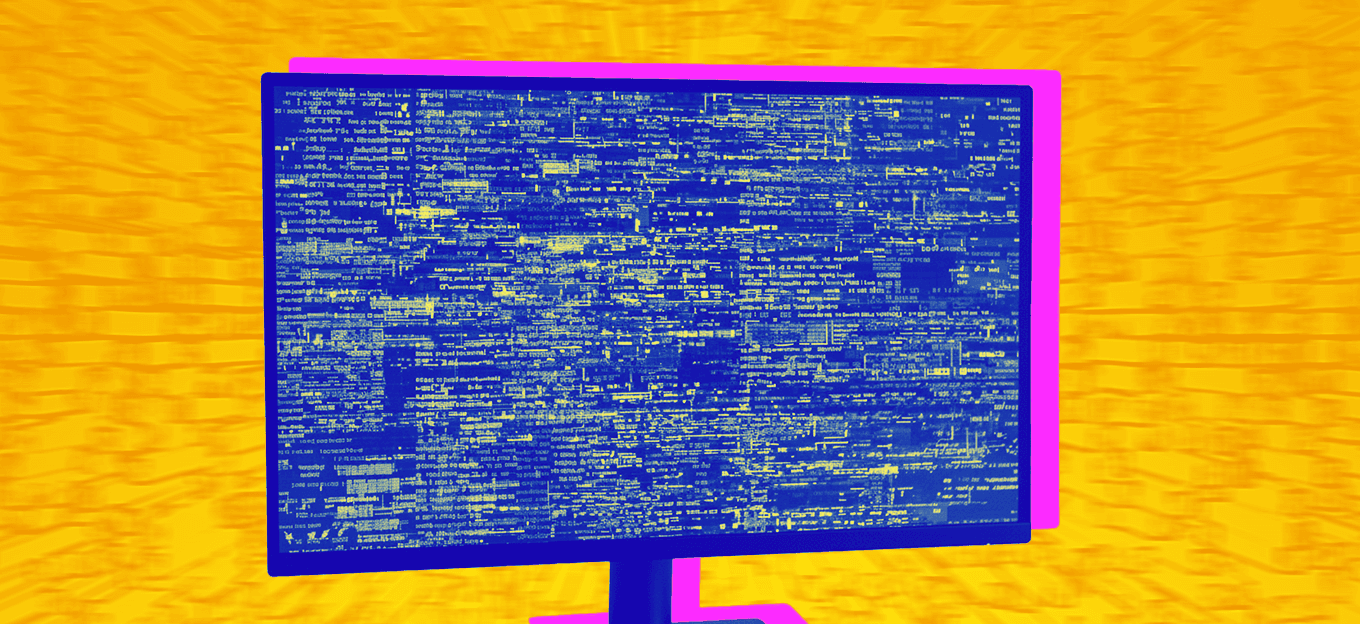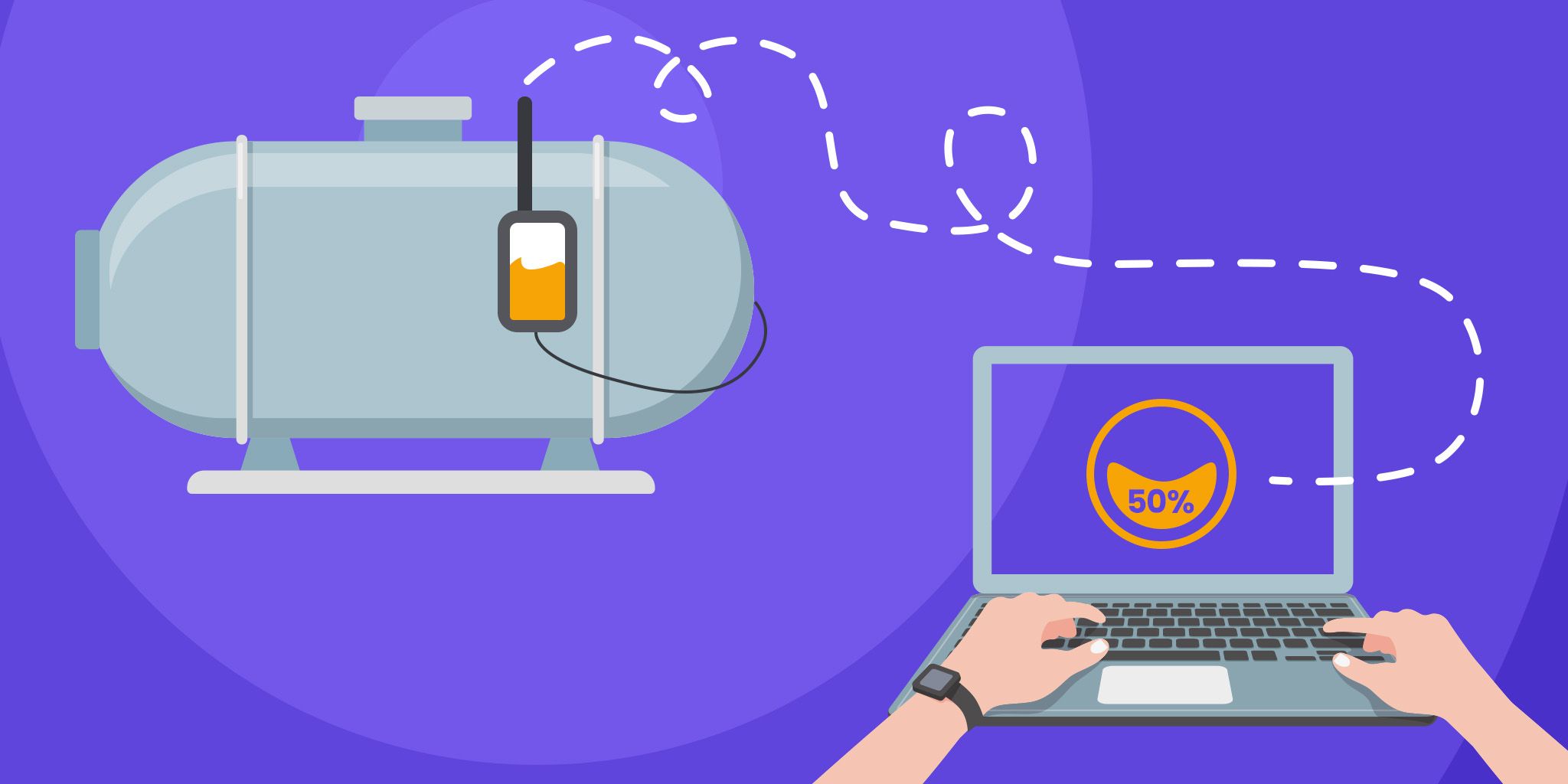Why Direct Connection is the Next Phase of Industrial IoT
Why Direct Connection is the Next Phase of Industrial IoT
- Last Updated: December 2, 2024
Guest Writer
- Last Updated: December 2, 2024



Today's modern factory floor has certainly come a long way. Rather than traditional production lines that operate in silos, industrial IoT has reshaped today's factory environments by leveraging cloud-connected devices designed to enable data collection and business insight on a massive scale. From networked sensors to wearables and robotic helpers, billions of devices are now generating incredible amounts of information to improve business efficiency and overall performance.
At the same time, though, this smart industrial revolution is more reactive than proactive. The vast majority of devices only allow for one-way communication between the user and the device, meaning that devices can report back to the user, but the user cannot respond in kind. Of course, the devices help deliver big data insights, but only after thorough and precise analysis, and even then, they do not allow for real-time adjustments.
With big data and IoT, the joining of direct connection may be the next frontier in Industrial IoT.
This does not need to be so. Remote device access is possible in the next stage of industrial IoT. It promises a swathe of benefits, from troubleshooting or updating devices without physically visiting them to acting immediately on predictive maintenance recommendations.
Moreover, as seen from the context of the pandemic, remote connections allow business leaders to not only see the data from their smart industrial devices but respond in real-time from anywhere in the world. If the first stage of industrial IoT was about collecting data for actionable insight, the next stage is establishing a direct user-device connection to improve capabilities.
Stage One: The Benefits of Big Data
The data-fueled factories of today – largely in the industries of manufacturing, healthcare, and retail – provide visibility regarding the efficiency of factory processes and performance over time by collecting data to drive artificial intelligence and predictive analytics. Unlocking these insights from smart industrial devices, however, is no mean feat.
Connected devices across all sectors generate astronomical amounts of information (79.4 billion terabytes by 2025, the equivalent to the data generated by the Hubble Telescope if it operated for about 8 billion years), and processing this data into actionable insights requires multiple steps.
Machine learning, for example, helps predict outcomes from data and find hidden patterns. At the same time, visualization tools help to simplify the results by presenting them in a graphical and easier-to-understand way. These steps work to sort actionable data from the unactionable, with business leaders usually inspecting relevancy, context, and fit. When done right, the result can boost long-term performance with predictive analytics, customer behavior updates, and future trend insights. Simultaneously, however, the immediate benefits of big data collection efforts remain constrained in the short-term due to the limitations of most contemporary connection configurations.
Stage Two: Direct Device Communication
The industry has so far focused on collecting industrial devices' data and not on the immediate action on the data. New device configurations are beginning to change this. Direct device communication platforms between the device and the user and between the user and the device enable business leaders to act immediately on the data. This is an important improvement in three ways.
First, direct device communication enables smart industrial businesses to go fully remote. Two-way connections allow actions that would normally be performed on-site – like diagnostics, troubleshooting, programming, and updating – to save time and improve performance. Rather than sending a team of engineers to update each IoT device manually, this next stage of smart industrial IoT allows any change in real-time, drastically cutting time and money spent on operations. This can play a vital role in improving any project’s uptime and overall performance.
Second, real-time device information leads businesses to act straight away upon predictive maintenance suggestions. For example, if businesses note unusual vibration on a compressor, they can instruct the device to decrease power so that the likelihood of a total breakdown before maintenance is minimized. Likewise, if readings show that something like a fridge is starting to fail, the user can intervene before it happens and set temperature cycles to deliver optimal performance.
Third, and certainly tied to the previous two points, the potential for maximum efficiency. Whether it be less manual outlay to make device changes or resulting bottom-line benefits, the ability to connect directly with individual devices makes life easier for smart industrial business leaders. And, especially in the age of coronavirus, the business value of efficiency is tough to understate.
Stage Three: Smart Industry Future
The addition of connected devices onto factory floors and into modern industrial processes has been a rapid evolution. In mere decades, business leaders can leverage sensors and devices to dig deep into data and improve their operations. However, the status quo is far from perfect. Technology is an eternal evolution, and smart industrial business leaders going forward will be best served with an additional layer of functionality.
However, it is also clear that there are important caveats for business leaders to consider when implementing devices with two-way communication. Security, for instance, will need to be front of mind when enabling devices that can be instructed remotely. Latency is another asterisk. Business leaders will need to be confident that any device instructions will be relayed immediately, especially if the device itself will be damaged or broken if the command is not carried out straight away.
In the grand scheme of things, these elements can be adequately safeguarded against and should not prevent business leaders from investigating devices with direct communication capabilities. After all, the promise of remote access offers less physical outlay, real-time commands, and maximum efficiency.
The Most Comprehensive IoT Newsletter for Enterprises
Showcasing the highest-quality content, resources, news, and insights from the world of the Internet of Things. Subscribe to remain informed and up-to-date.
New Podcast Episode

Moving Past the Pilot Phase in IoT and AI
Related Articles





